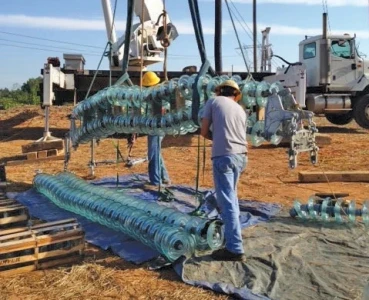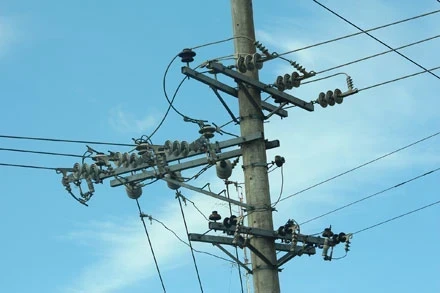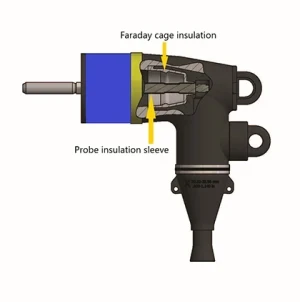Cable Cleats Testing - Crucial to Cable Management

Essentially, cable cleats are devices designed to secure cables and to ensure the retention and support of them, reducing the load that the cable may be exposed to under its own weight. They are also designed to contain the cables under fault conditions, protecting the cables and the cable management system from damage.
The first European cable cleat standard, EN 50368, highlighted the retention and support that cable cleats provided to cables. Most importantly, the standard highlighted the protection of the cable management system and the potential risk to human life that could occur without the use of cable cleats.
It was not until 2003, with the release of standard EN 50368 that any formal standard for cable cleats existed. Prior to this, both cable and cable cleat manufacturers provided their own testing to their own standards for many years all over the world. This standard was then followed up with the publication of IEC 61914:2009, which further focused on the importance of cable cleat products and correct cable cleating. It set the standardized method for testing and certification of cable cleats, to prove they can withstand one or more short circuit tests. IEC 61914:2009: “6.4.3 resistant to electromechanical forces, withstanding one short circuit, 6.4.4 resistant to electromechanical forces, withstanding more than one short circuit.”
The crucial problem causing cable cleats being overlooked is that, at the moment, the implemented standards are advisory. Therefore, at times of cost cutting on cable management systems, reputable cable cleats are compromised for cheaper, lower quality versions, which aren’t certified to these standards.
Read full article in the Electrical Reliability Systems Special Edition 2022









